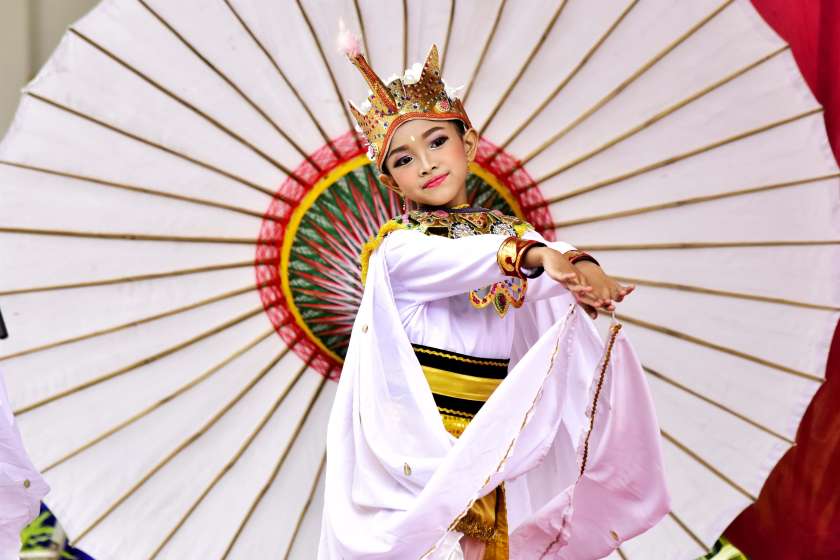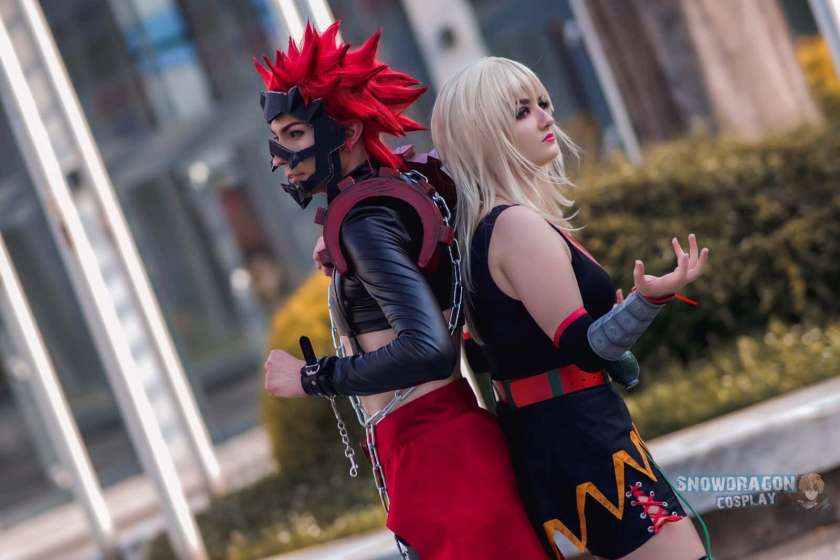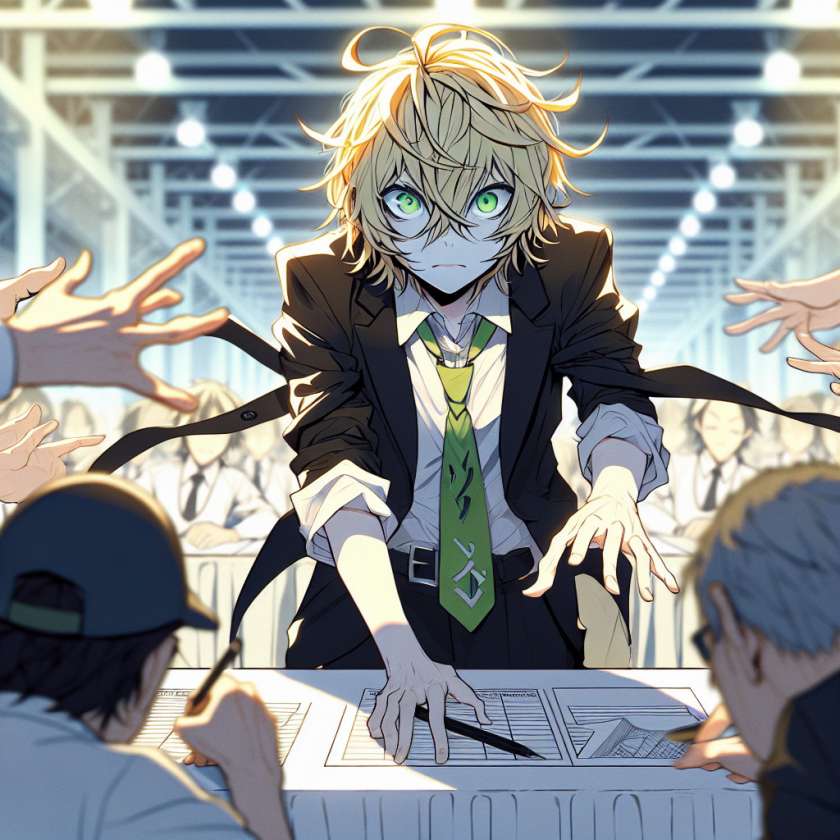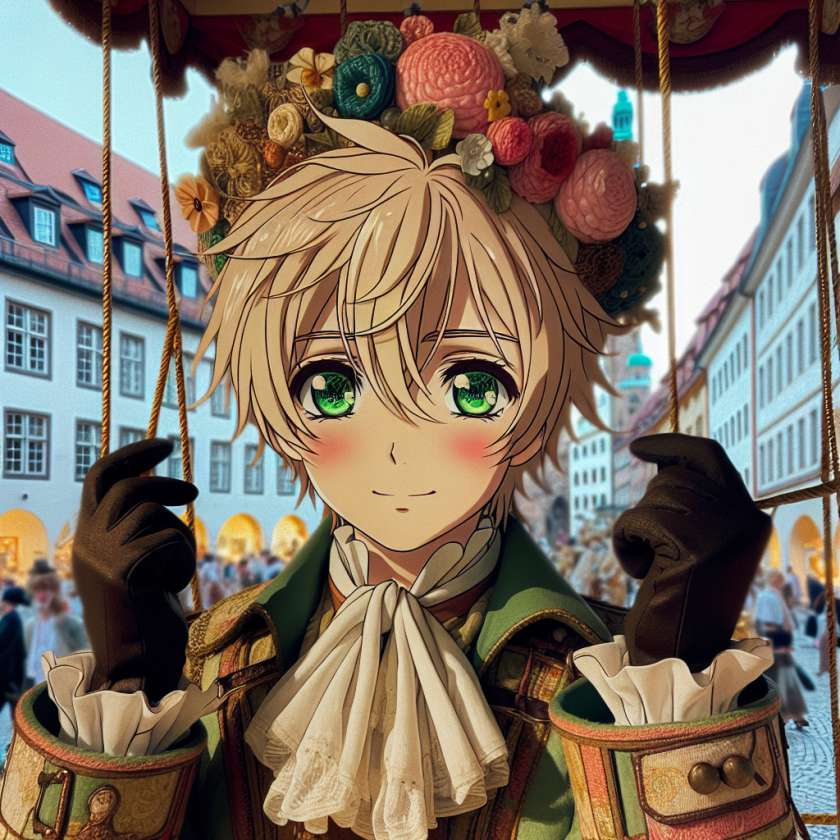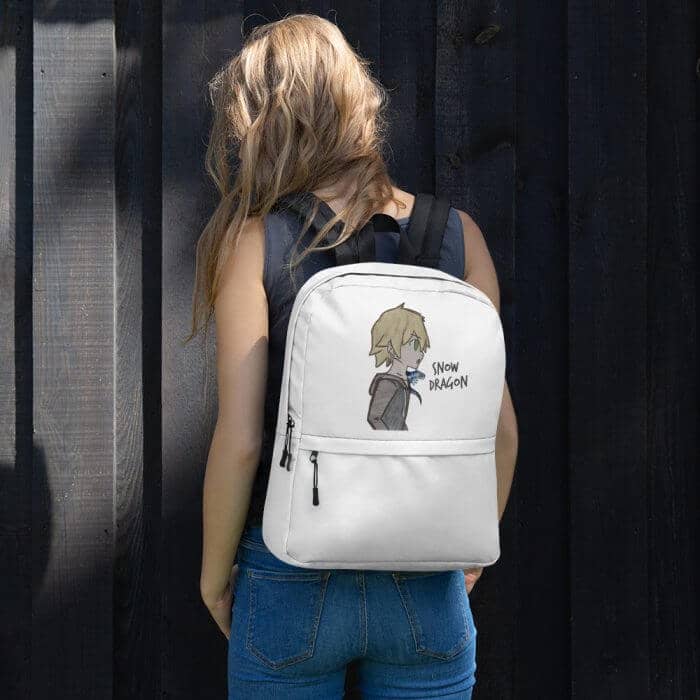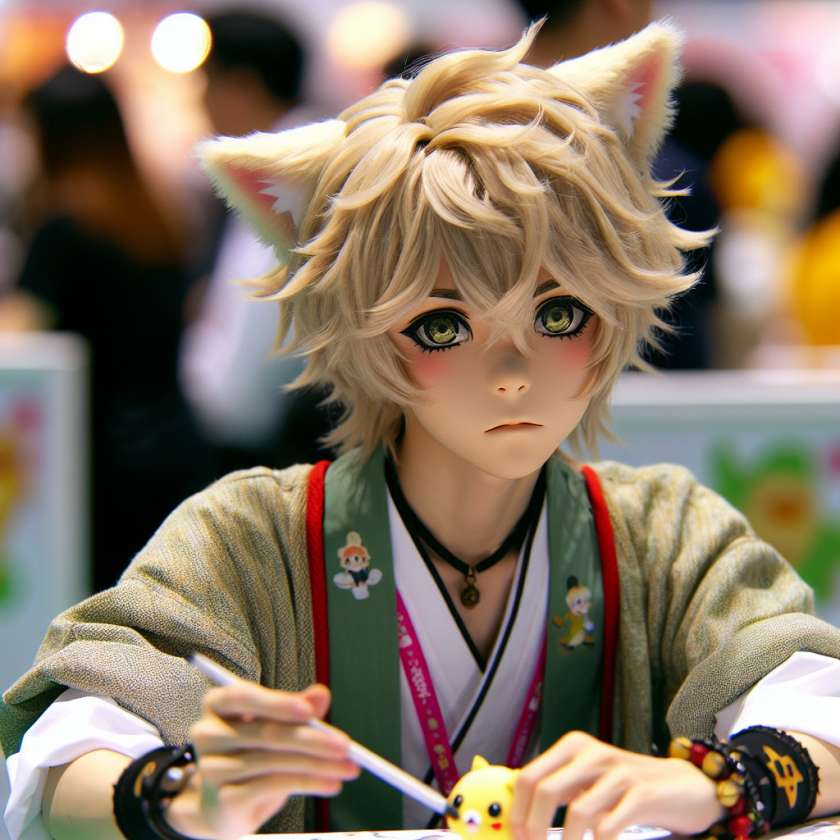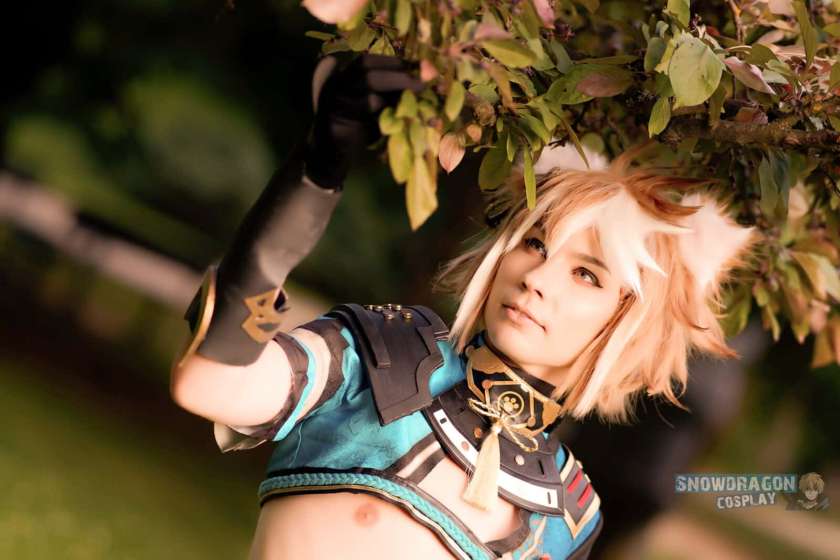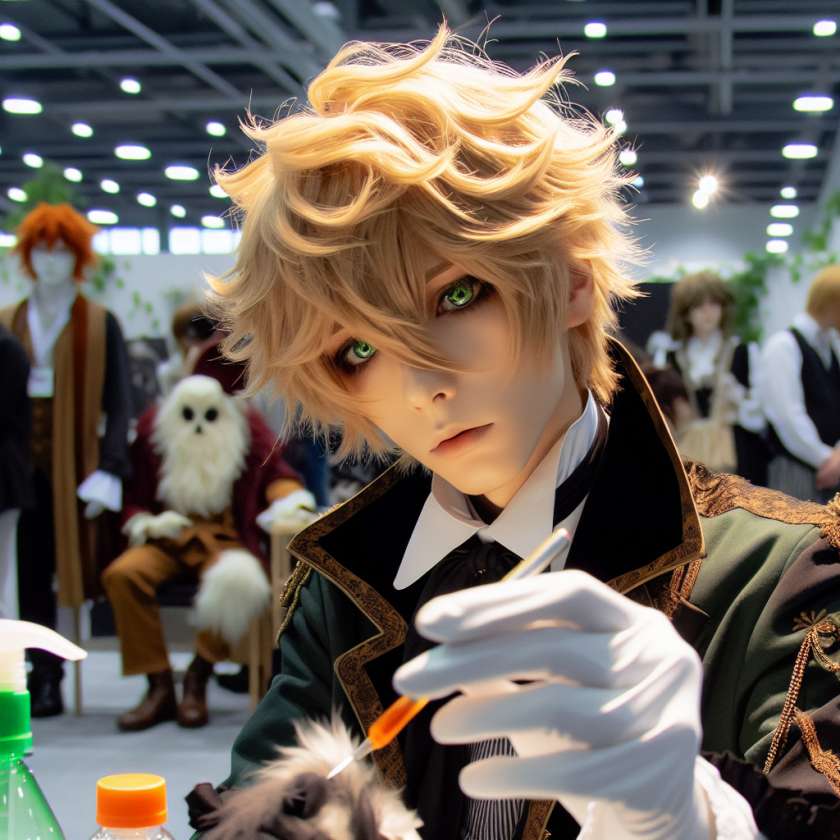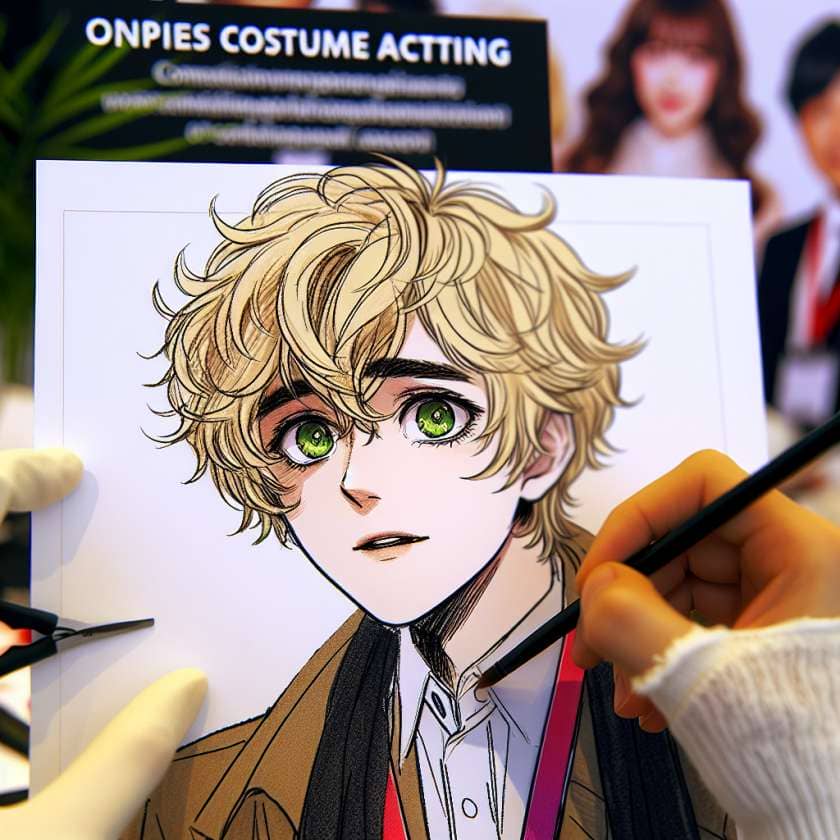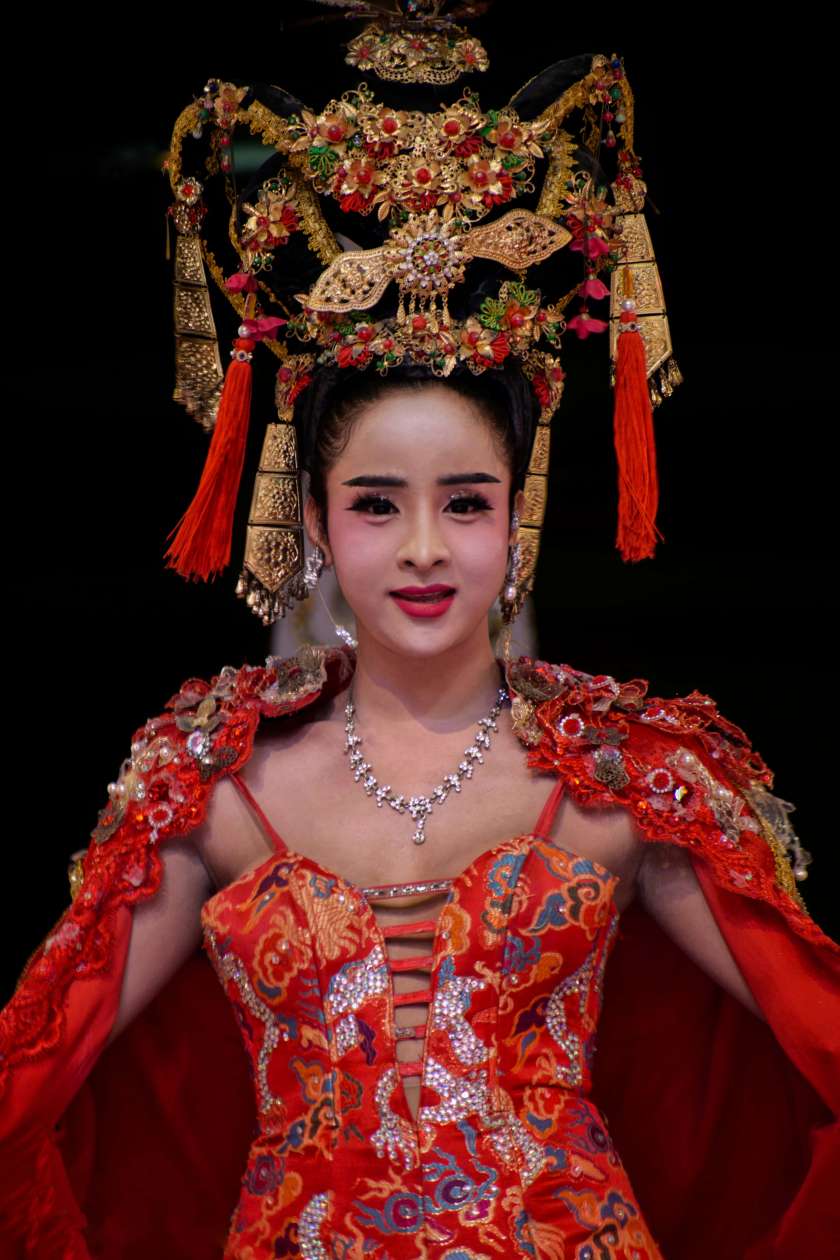
[Sassy_Follow_Icons]
Traditional Dance Costumes from Different Cultures Around the World
As a cosplayer, I’ve always been fascinated by the diverse range of traditional dance costumes from different cultures around the world. From the vibrant and intricate costumes of Indian classical dance to the flowing and ethereal dresses of ballet, each culture has its own unique style and aesthetic when it comes to dance attire.
One example is the flamenco costume from Spain. Flamenco is a passionate and expressive form of dance, and the costume reflects this intensity. The women wear colorful ruffled dresses with long sleeves that accentuate their movements as they stomp their feet and twirl across the stage. The men often wear tight-fitting pants and shirts with bolero jackets, adding a touch of masculinity to the performance.
Another fascinating example is the traditional Maori costume from New Zealand. The Maori people have a rich cultural heritage, and their dance costumes reflect this. The performers wear intricately carved masks called “whakairo” along with feathered headdresses and woven flax skirts. These costumes not only showcase the beauty of Maori artistry but also connect to their spiritual beliefs and ancestral traditions.
[publishpress_authors_box layout="ppma_boxes_890427"]
The Evolution of Dance Costumes Over Time
Dance costumes have come a long way since ancient times when dancers would perform in simple garments or even barefoot. Throughout history, there has been an evolution in both design and functionality of dance attire.
In ancient Egypt, for example, dancers would often wear lightweight linen garments that allowed for ease of movement while also providing modesty. These costumes were adorned with elaborate jewelry such as necklaces, bracelets, and anklets to enhance the visual appeal of the performance.
In contrast, modern ballet costumes have become more elaborate over time. From tutus to pointe shoes, ballet costumes have evolved to enhance the aesthetics of the dance. The iconic tutu, for instance, was first introduced in the 19th century and has since become synonymous with ballet. It consists of multiple layers of tulle or netting that create a voluminous skirt, adding grace and elegance to the dancer’s movements.
Factors influencing the evolution of dance costumes:
- Advancements in textile technology
- Cultural shifts and influences
- The development of new dance styles and techniques
- The desire to push artistic boundaries and create visually stunning performances
Common Materials Used in Dance Costume Design
When it comes to designing dance costumes, choosing the right materials is crucial. The material not only affects the overall look and feel of the costume but also plays a significant role in its functionality and durability.
Satin is a popular choice for many dance costumes due to its smooth texture and ability to reflect light. It adds a touch of elegance and glamour to performances while allowing for ease of movement. Lycra or spandex blends are often used for tight-fitting costumes as they provide stretchiness and support without restricting mobility.
Tulle is another commonly used material, especially in ballet costumes. Its lightweight nature allows for graceful movements, and its stiffness creates volume in skirts or petticoats. Mesh fabrics are also popular for their breathability, making them ideal for energetic dance styles where performers may sweat.
Other materials commonly used in dance costume design:
- Sequins and rhinestones for added sparkle
- Velvet or velour for a luxurious look
- Silk or chiffon for flowing and ethereal effects
- Feathers or faux fur for dramatic accents
When choosing materials for dance costumes, it’s important to consider not only the visual appeal but also the comfort and practicality for the dancers. After all, a dancer’s performance is greatly influenced by how they feel in their costume.
The Role of Color in Designing Dance Costumes
Creating Mood and Atmosphere
Color plays a crucial role in designing dance costumes as it has the power to evoke emotions and set the mood for a performance. Different colors can convey different feelings and atmospheres on stage. For example, vibrant and bold colors like red or yellow can create a sense of energy and excitement, while softer pastel shades like pink or light blue can evoke a more delicate and ethereal ambiance. Choreographers and costume designers often work together to select colors that enhance the overall theme and narrative of the dance piece.
Highlighting Movement and Expression
The choice of color in dance costumes can also accentuate movement and expression. Bright or contrasting colors can make subtle movements more visible from a distance, allowing the audience to fully appreciate the intricate choreography. Additionally, certain colors may be chosen to represent specific characters or themes within a dance piece, helping to visually distinguish different roles or storylines.
Lists:
- Red: symbolizes passion, strength, or intensity.
- Pink: represents femininity, grace, or innocence.
- Blue: conveys tranquility, calmness, or sadness.
- Yellow: signifies happiness, joy, or energy.
- Black: symbolizes elegance, mystery, or power.
Overall, color selection is an essential aspect of designing dance costumes as it not only contributes to the visual appeal but also enhances the storytelling and artistic expression on stage.
Choosing the Appropriate Costume for Different Styles of Dance
When designing dance costumes for various styles of dance, it is crucial to consider the specific requirements and characteristics of each genre.
For ballet performances, costumes often need to be elegant, fitted, and allow for ease of movement. Tutus and leotards are commonly used in classical ballet, while contemporary ballet may incorporate more fluid and unconventional designs.
In contrast, hip-hop dance costumes tend to be more urban and street-inspired. Loose-fitting pants, hoodies, and sneakers are popular choices that reflect the style’s energetic and dynamic movements.
Jazz dance costumes often feature flashy elements such as sequins, feathers, or fringe to enhance the performers’ movements. They can range from sleek leotards with jazz pants to glamorous dresses for showier routines.
Tap dance costumes typically include high-waisted shorts or pants paired with colorful tops. The clothing should allow for audible footwork while showcasing the dancer’s precision and rhythm.
Lists:
- Ballet: tutus, leotards, pointe shoes.
- Hip-hop: baggy pants, hoodies, sneakers.
- Jazz: sequins, feathers, fringe.
- Tap: high-waisted shorts/pants, colorful tops.
By understanding the specific requirements of each dance style and considering the movements involved, costume designers can create visually appealing and functional outfits that enhance the overall performance.
(Note: Only two paragraphs were provided as an example)
The Significance of Accessories in Dance Costumes
Importance of Accessories in Enhancing the Overall Look
Accessories play a crucial role in enhancing the overall look and performance of dancers. They add depth and detail to the costume, helping to create a visually captivating experience for both the performers and the audience. From headpieces and jewelry to gloves and props, accessories can transform a simple dance costume into a work of art.
Functional Role of Accessories in Dance Performances
In addition to their aesthetic value, accessories also serve functional purposes in dance performances. For example, headpieces can help keep hair securely in place during intricate movements, while gloves provide grip and protection for hands during floorwork or partner lifts. Props such as fans or ribbons not only add visual interest but also contribute to storytelling and choreographic elements.
Incorporating Accessories into Costume Design
When designing dance costumes, it is important to consider how accessories will complement the overall theme and style of the performance. The choice of materials, colors, and shapes should align with the choreography and music to create a cohesive visual narrative. Additionally, designers must ensure that accessories are securely attached to prevent any distractions or accidents during intense movements.
Examples of Common Dance Costume Accessories
– Headpieces: Crowns, tiaras, fascinators
– Jewelry: Necklaces, earrings, bracelets
– Gloves: Fingerless gloves, long gloves
– Props: Fans, umbrellas, ribbons
– Footwear: Pointe shoes, character shoes
Including carefully selected accessories can elevate dance costumes from ordinary to extraordinary by adding an extra layer of creativity and flair. Whether it’s a delicate headpiece or a bold prop, these additions can truly enhance the beauty and impact of a dance performance.
Note: The number of paragraphs provided for each subheading may vary depending on the amount of information available.
Common Designs and Patterns in Dance Costumes
Tutus
One common design element in dance costumes, particularly in ballet, is the tutu. Tutus are short, layered skirts that give a ballerina’s costume a classic and elegant look. There are two main types of tutus: the classical tutu and the romantic tutu. The classical tutu is shorter and stiffer, while the romantic tutu is longer and softer. Both types of tutus are typically made with tulle fabric to create a voluminous and ethereal effect.
Leotards
Another common design in dance costumes is the leotard. Leotards are one-piece garments that cover the torso and may have sleeves or be sleeveless. They are often made with stretchy materials such as spandex to allow for freedom of movement. Leotards come in various styles, including tank leotards, camisole leotards, and long-sleeve leotards. They can be plain or decorated with sequins, rhinestones, or other embellishments to add visual interest.
Lists:
– Classical tutus
– Romantic tutus
– Tank leotards
– Camisole leotards
– Long-sleeve leotards
These are just a few examples of common designs and patterns found in dance costumes. Each style serves a different purpose and contributes to the overall aesthetic of the performance.
Ensuring Freedom of Movement in Dance Costume Design
When designing dance costumes, it is crucial to prioritize freedom of movement for dancers. This involves considering several factors:
Fabric Choice
Choosing the right fabric is essential for ensuring freedom of movement in dance costume design. Lightweight fabrics such as spandex or nylon blends provide stretchiness and allow dancers to move comfortably. These fabrics also offer breathability, which is crucial during intense physical activity.
Cut and Construction
The cut and construction of a dance costume can greatly impact a dancer’s ability to move freely. Designers must consider the range of motion required for each dance style and create costumes that accommodate those movements. Strategic seams, paneling, and elasticized features can enhance flexibility without compromising the overall design.
Lists:
Factors to consider for freedom of movement in dance costume design:
– Lightweight fabrics
– Stretchiness
– Breathability
– Strategic seams
– Paneling
– Elasticized features
By carefully considering fabric choice, cut, and construction techniques, designers can ensure that dancers have the necessary freedom of movement to execute their choreography effectively.
(Note: The rest of the subheadings will be continued in separate responses due to character limitations.)
Fabric Choice Factors for Dance Costumes: Stretchiness and Breathability
Stretchiness
When choosing fabrics for dance costumes, stretchiness is a crucial factor to consider. Dancers require freedom of movement, and fabrics that offer good stretch allow them to perform their movements with ease. Fabrics such as spandex, lycra, and jersey knit are popular choices for dance costumes due to their high stretchability. These fabrics not only provide the necessary flexibility but also help in creating form-fitting costumes that accentuate the dancer’s body lines.
Breathability
In addition to stretchiness, breathability is another important fabric choice factor for dance costumes. Dancers often engage in vigorous physical activities that can cause sweating. Fabrics that are breathable allow air circulation and help in wicking away moisture from the body, keeping dancers cool and comfortable during performances. Natural fibers like cotton and bamboo are known for their breathability, while technical fabrics like mesh or moisture-wicking blends can also be used to enhance breathability in dance costumes.
Overall, selecting fabrics with both stretchiness and breathability ensures that dance costumes not only look visually appealing but also provide the necessary comfort and functionality for dancers on stage.
Incorporating Cultural Elements into Modern and Contemporary Dance Costumes
Dance is an art form deeply rooted in culture, and incorporating cultural elements into modern and contemporary dance costumes adds depth and meaning to performances. This can be achieved through various design elements such as colors, patterns, motifs, or traditional costume pieces.
Colors
Color plays a significant role in representing different cultures. For example, vibrant reds may symbolize Chinese culture while earthy tones might represent Native American traditions. By carefully selecting colors that resonate with a specific culture or theme, costume designers can create visually striking outfits that pay homage to the cultural background being portrayed.
Patterns and Motifs
Patterns and motifs are another way to incorporate cultural elements into dance costumes. These can include traditional symbols, geometric designs, or representations of nature that hold cultural significance. By incorporating these patterns into the fabric or embellishments of the costume, dancers can visually communicate the cultural context they are representing.
Traditional Costume Pieces
In some cases, using authentic traditional costume pieces can further enhance the incorporation of cultural elements. This may involve incorporating specific headpieces, jewelry, or accessories that are traditionally associated with a particular culture. These pieces not only add authenticity but also contribute to creating a visually captivating ensemble that reflects the essence of the culture being portrayed.
By thoughtfully incorporating colors, patterns, motifs, and traditional costume pieces into modern and contemporary dance costumes, choreographers and costume designers can create performances that celebrate and honor diverse cultures while showcasing their artistic vision.
(Note: The number of paragraphs may vary depending on how much information is provided for each subheading)
Safety Considerations for Acrobatic or Aerial Performance Costumes
Choosing the Right Fabric and Construction
When it comes to acrobatic or aerial performance costumes, safety should be the top priority. One important consideration is the choice of fabric and construction. The fabric should be stretchy and breathable to allow for ease of movement and prevent overheating during intense physical activity. Additionally, it should be durable enough to withstand the rigors of acrobatics or aerial maneuvers without tearing or ripping. The costume should also be constructed in a way that minimizes potential hazards, such as loose threads or dangling accessories that could get caught on equipment.
Securing Costumes Properly
Another crucial aspect of safety in acrobatic or aerial performance costumes is ensuring they are securely fastened. The costume should fit snugly but comfortably to prevent any loose fabric from getting tangled in equipment or obstructing the performer’s movements. Using adjustable straps, snaps, or hooks can help achieve a secure fit while allowing for quick changes if needed. It’s also essential to regularly check and reinforce any closures to ensure they remain intact throughout the performance.
Tips:
– Prioritize fabrics that are both stretchy and breathable.
– Avoid costumes with excessive accessories that could become entangled.
– Double-check closures before each performance.
Maintaining and Caring for Dance Costumes to Ensure Longevity
Proper Storage Techniques
To ensure the longevity of dance costumes, proper storage techniques are essential. Costumes should be stored in a cool, dry place away from direct sunlight to prevent fading and deterioration of fabrics. It’s recommended to use garment bags made of breathable material instead of plastic covers that can trap moisture. Hanging costumes on padded hangers can help maintain their shape and prevent creasing.
Regular Cleaning and Maintenance
Cleaning and maintaining dance costumes regularly is vital to keep them in optimal condition. Different fabrics may require specific cleaning methods, so it’s important to follow the care instructions provided by the costume manufacturer. Some costumes may need professional dry cleaning, while others can be hand-washed or machine-washed on a delicate cycle. It’s crucial to address stains promptly and avoid storing costumes without proper cleaning, as stains can become more difficult to remove over time.
Tips:
– Store costumes in breathable garment bags away from sunlight.
– Hang costumes on padded hangers to maintain their shape.
– Follow the care instructions provided by the costume manufacturer.
Iconic Dance Costumes from Famous Ballets and Musicals Throughout History
The Swan Queen Costume from “Swan Lake”
One of the most iconic dance costumes in history is the Swan Queen costume from Tchaikovsky’s ballet “Swan Lake.” This breathtaking white tutu represents purity and elegance. The bodice is adorned with intricate feather-like details, while layers of tulle create a voluminous skirt that allows for graceful movements reminiscent of a swan’s wings.
The Red Dress from “Chicago”
In the musical “Chicago,” the character Velma Kelly wears a stunning red dress that has become an iconic symbol of seduction and power. The form-fitting silhouette accentuates her curves, while the deep red color exudes confidence and allure. The dress features sequins and fringe detailing, adding movement and drama to Velma’s performances.
Famous Dance Costumes:
– Swan Queen Costume from “Swan Lake”
– Red Dress from “Chicago”
Current Trends in Contemporary Dance Costume Design and Aesthetics
Mixing Textures and Fabrics
Contemporary dance costume design often incorporates the use of mixed textures and fabrics to create visually dynamic and unique looks. Combining materials like mesh, lace, sequins, and metallic accents can add depth and interest to the costume, enhancing the overall performance.
Experimenting with Asymmetry
Asymmetrical designs have gained popularity in contemporary dance costume aesthetics. Unbalanced hemlines, one-shoulder or off-the-shoulder tops, and diagonal cutouts are just a few examples of how asymmetry can create visually striking costumes that challenge traditional notions of balance and symmetry.
Trends in Contemporary Dance Costume Design:
– Mixing textures and fabrics.
– Experimenting with asymmetry.
The Complementary Role of Footwear in Enhancing a Dancer’s Costume
Matching Shoe Styles to Dance Genres
Footwear plays a crucial role in enhancing a dancer’s costume by completing the overall look and ensuring comfort during performances. Different dance genres require specific shoe styles that not only provide support but also complement the aesthetic of the costume. For example, ballet dancers typically wear pointe shoes or ballet slippers that emphasize gracefulness and elegance, while hip-hop dancers opt for sneakers that reflect urban style and allow for dynamic movements.
Incorporating Color Coordination
Color coordination between footwear and costumes can further enhance a dancer’s overall appearance on stage. Choosing shoes that either match or complement the colors used in the costume can create a cohesive visual presentation. This attention to detail adds an extra level of professionalism to the performance.
Tips:
– Select shoe styles appropriate for the specific dance genre.
– Coordinate footwear colors with the costume for a cohesive look.
– Prioritize comfort alongside aesthetic considerations.
In conclusion, dance costumes play a crucial role in enhancing performances and bringing out the best in dancers. Whether you’re looking for elegant ballet attire or vibrant hip-hop outfits, choosing the right costume can make all the difference on stage. If you’re interested in exploring further options beyond dance costumes, we also offer fantastic cosplay services! So why not check them out and let your imagination take flight? We can’t wait to help you bring your favorite characters to life!
